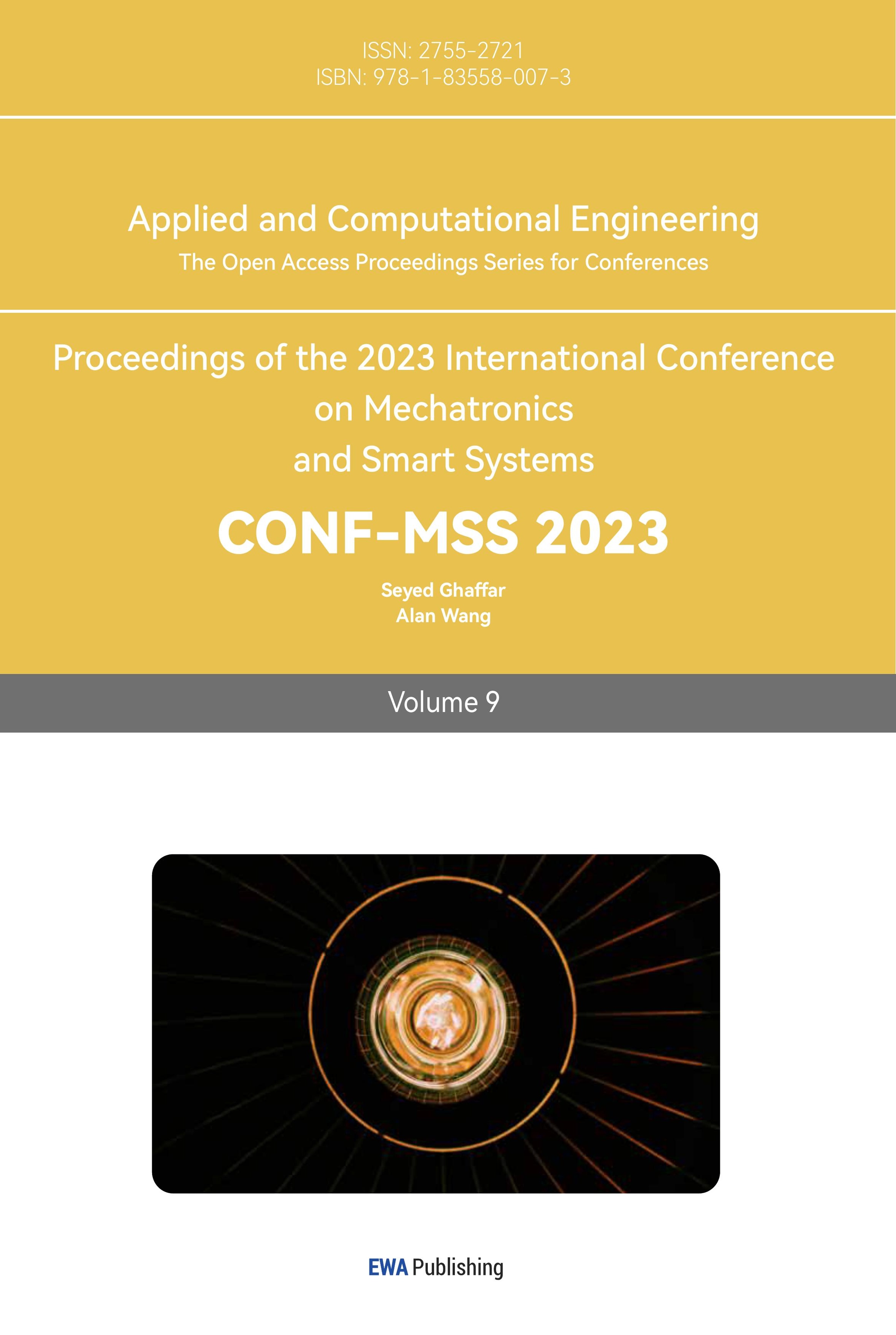References
[1]. Pan Sheng. Preparation and properties of polypropylene fiber recycled fine aggregate mortar[D]. Jilin:Northeast Dianli University,2019.
[2]. Li Danle. Experimental study on basic properties of actual production of recycled fine aggregate concrete[D]. Zhejiang: Zhejiang University of Technology, 2017
[3]. LI Lin. Study on basic mechanical properties of fiber recycled fine aggregate concrete[D]. Henan:Zhengzhou University,2019.
[4]. Multi-Functional Concrete with Recycled Aggregates ScienceDirect
[5]. LI Qiuyi, KONG Zhe, GUO Yuanxin, et al. Experimental study on working properties and mechanical properties of recycled fine aggregate concrete[J]. Concrete .2016,
[6]. Shen Wenfeng. Characterization and dynamic mechanical properties of tannin modified recycled fine aggregate[D]. Anhui:Anhui University of Science and Technology,2021.
[7]. Liu Xiangyang. Study on the properties of self-compacting concrete cured in recycled fine aggregate[D]. Shandong:Shandong University,2019.
[8]. Hao Jianjun. Design and performance study of mix ratio of 3D printing recycled fine aggregate concrete[D]. Jiangxi:Nanchang University,2020.
[9]. Pan Kainan. Study on material mechanics and thermal properties of recycled fine aggregate concrete at high temperature[D]. Heilongjiang:Harbin Institute of Technology,2019.
[10]. LI Jiacheng. Experimental study on preparation of autoclav-free aerated concrete from recycled fine aggregate powder[D]. Ningxia: Ningxia University, 2020
[11]. Peng Zhenyu. Mechanical properties test and micromorphology analysis of modified recycled fine aggregate mortar[D]. Hunan:Changsha University of Science and Technology,2020.
[12]. Luo Jianlin. Experimental study on recycled fine aggregate aerated concrete[D]. Hunan:Hunan University,2018.
[13]. Huo Xiaoyu. Study on the influence of modifier on mechanical properties of recycled aggregate concrete[D]. Shaanxi: Xi'an University of Technology, 2021.
[14]. Zhou Junkun. Experimental study on performance of steam cured low-quality recycled fine aggregate concrete[D]. Zhejiang:Zhejiang University,2021.
Cite this article
Wang,C.;Wang,N. (2023). Analysis on the mechanical properties of recycled concrete. Applied and Computational Engineering,9,75-81.
Data availability
The datasets used and/or analyzed during the current study will be available from the authors upon reasonable request.
Disclaimer/Publisher's Note
The statements, opinions and data contained in all publications are solely those of the individual author(s) and contributor(s) and not of EWA Publishing and/or the editor(s). EWA Publishing and/or the editor(s) disclaim responsibility for any injury to people or property resulting from any ideas, methods, instructions or products referred to in the content.
About volume
Volume title: Proceedings of the 2023 International Conference on Mechatronics and Smart Systems
© 2024 by the author(s). Licensee EWA Publishing, Oxford, UK. This article is an open access article distributed under the terms and
conditions of the Creative Commons Attribution (CC BY) license. Authors who
publish this series agree to the following terms:
1. Authors retain copyright and grant the series right of first publication with the work simultaneously licensed under a Creative Commons
Attribution License that allows others to share the work with an acknowledgment of the work's authorship and initial publication in this
series.
2. Authors are able to enter into separate, additional contractual arrangements for the non-exclusive distribution of the series's published
version of the work (e.g., post it to an institutional repository or publish it in a book), with an acknowledgment of its initial
publication in this series.
3. Authors are permitted and encouraged to post their work online (e.g., in institutional repositories or on their website) prior to and
during the submission process, as it can lead to productive exchanges, as well as earlier and greater citation of published work (See
Open access policy for details).
References
[1]. Pan Sheng. Preparation and properties of polypropylene fiber recycled fine aggregate mortar[D]. Jilin:Northeast Dianli University,2019.
[2]. Li Danle. Experimental study on basic properties of actual production of recycled fine aggregate concrete[D]. Zhejiang: Zhejiang University of Technology, 2017
[3]. LI Lin. Study on basic mechanical properties of fiber recycled fine aggregate concrete[D]. Henan:Zhengzhou University,2019.
[4]. Multi-Functional Concrete with Recycled Aggregates ScienceDirect
[5]. LI Qiuyi, KONG Zhe, GUO Yuanxin, et al. Experimental study on working properties and mechanical properties of recycled fine aggregate concrete[J]. Concrete .2016,
[6]. Shen Wenfeng. Characterization and dynamic mechanical properties of tannin modified recycled fine aggregate[D]. Anhui:Anhui University of Science and Technology,2021.
[7]. Liu Xiangyang. Study on the properties of self-compacting concrete cured in recycled fine aggregate[D]. Shandong:Shandong University,2019.
[8]. Hao Jianjun. Design and performance study of mix ratio of 3D printing recycled fine aggregate concrete[D]. Jiangxi:Nanchang University,2020.
[9]. Pan Kainan. Study on material mechanics and thermal properties of recycled fine aggregate concrete at high temperature[D]. Heilongjiang:Harbin Institute of Technology,2019.
[10]. LI Jiacheng. Experimental study on preparation of autoclav-free aerated concrete from recycled fine aggregate powder[D]. Ningxia: Ningxia University, 2020
[11]. Peng Zhenyu. Mechanical properties test and micromorphology analysis of modified recycled fine aggregate mortar[D]. Hunan:Changsha University of Science and Technology,2020.
[12]. Luo Jianlin. Experimental study on recycled fine aggregate aerated concrete[D]. Hunan:Hunan University,2018.
[13]. Huo Xiaoyu. Study on the influence of modifier on mechanical properties of recycled aggregate concrete[D]. Shaanxi: Xi'an University of Technology, 2021.
[14]. Zhou Junkun. Experimental study on performance of steam cured low-quality recycled fine aggregate concrete[D]. Zhejiang:Zhejiang University,2021.









